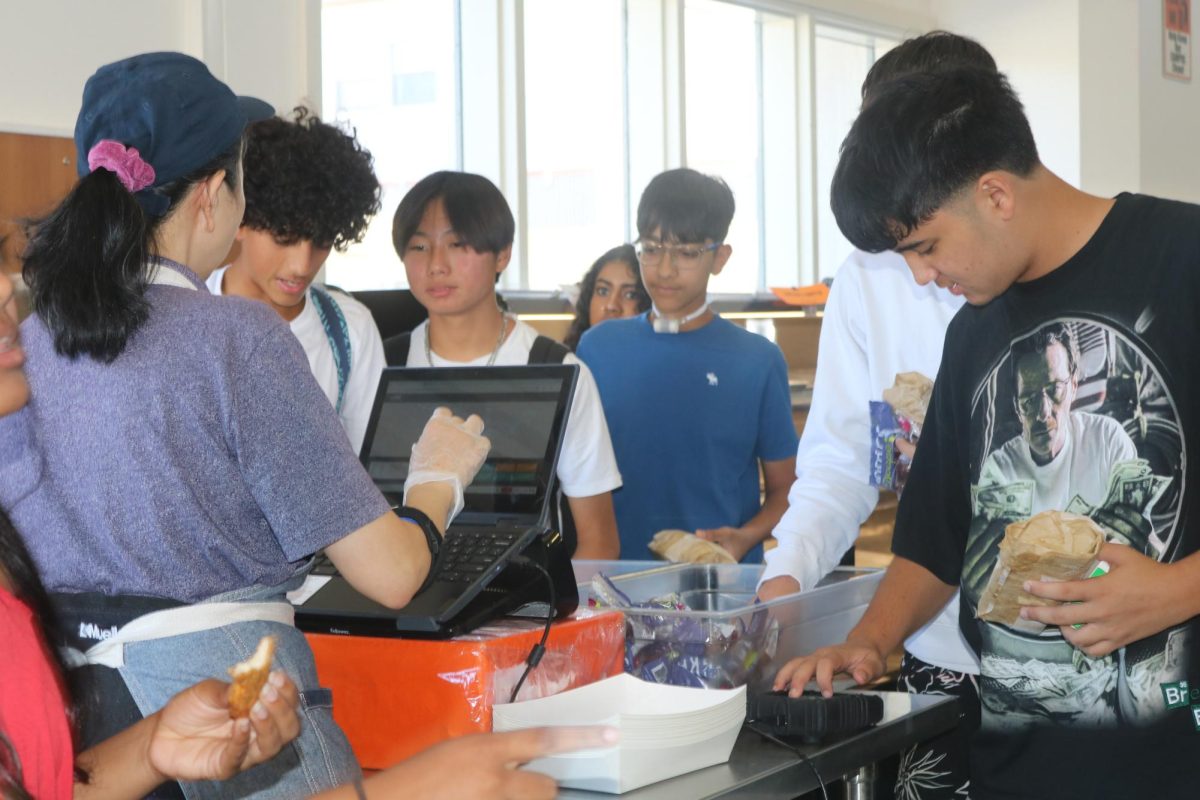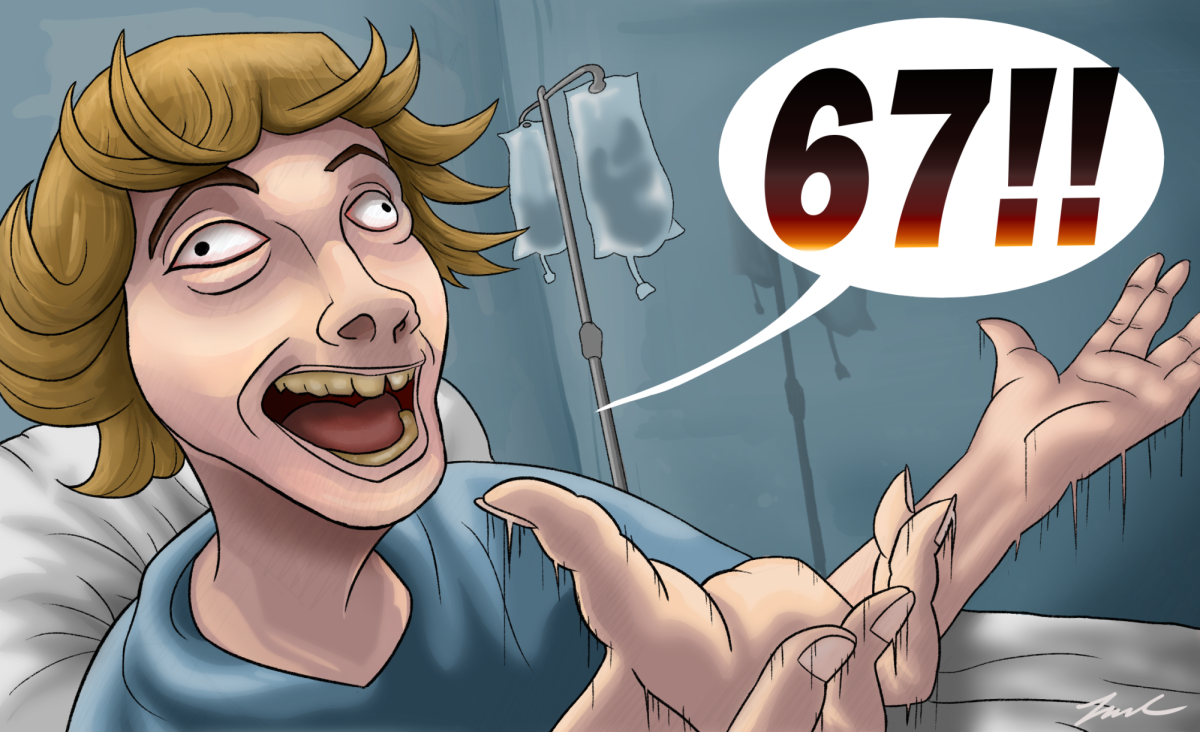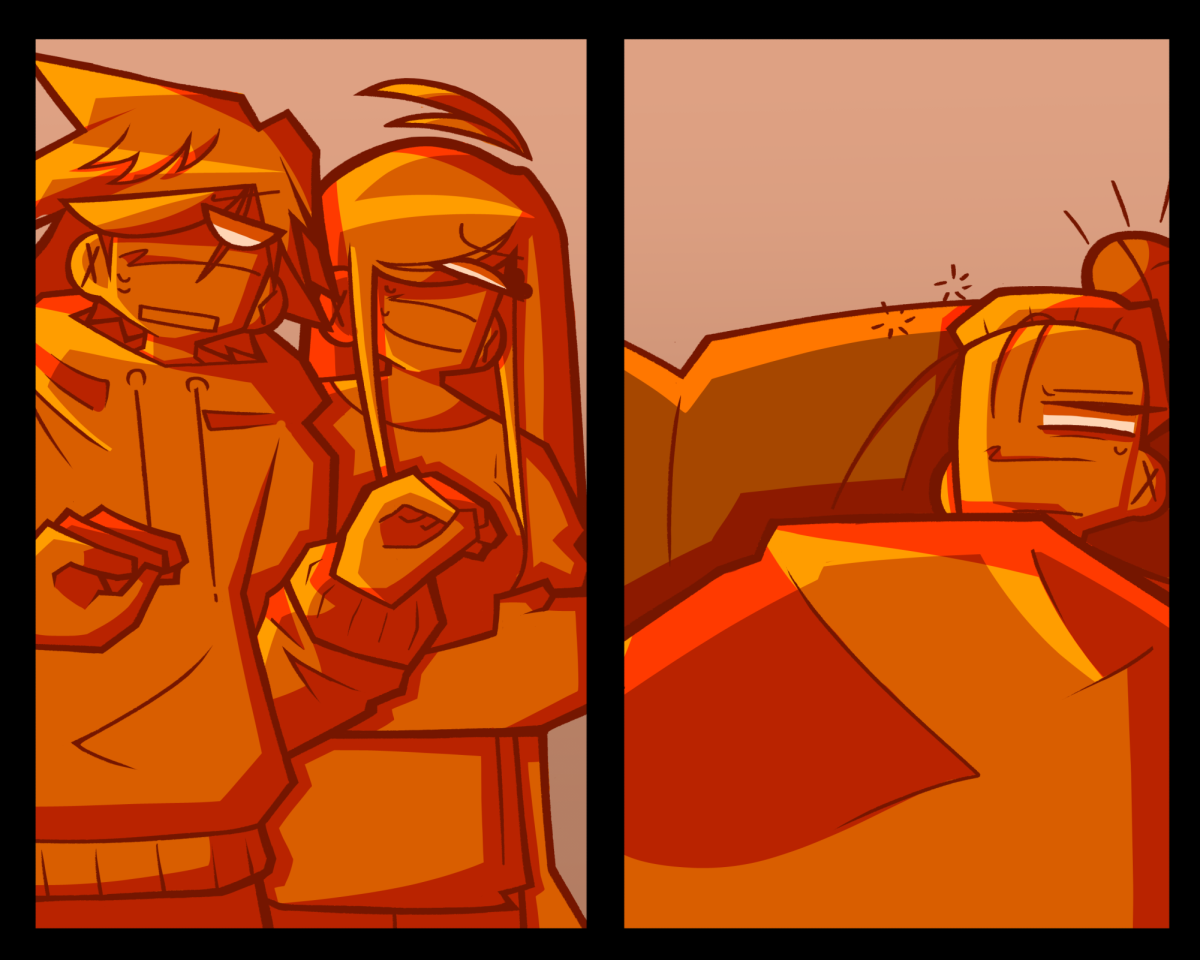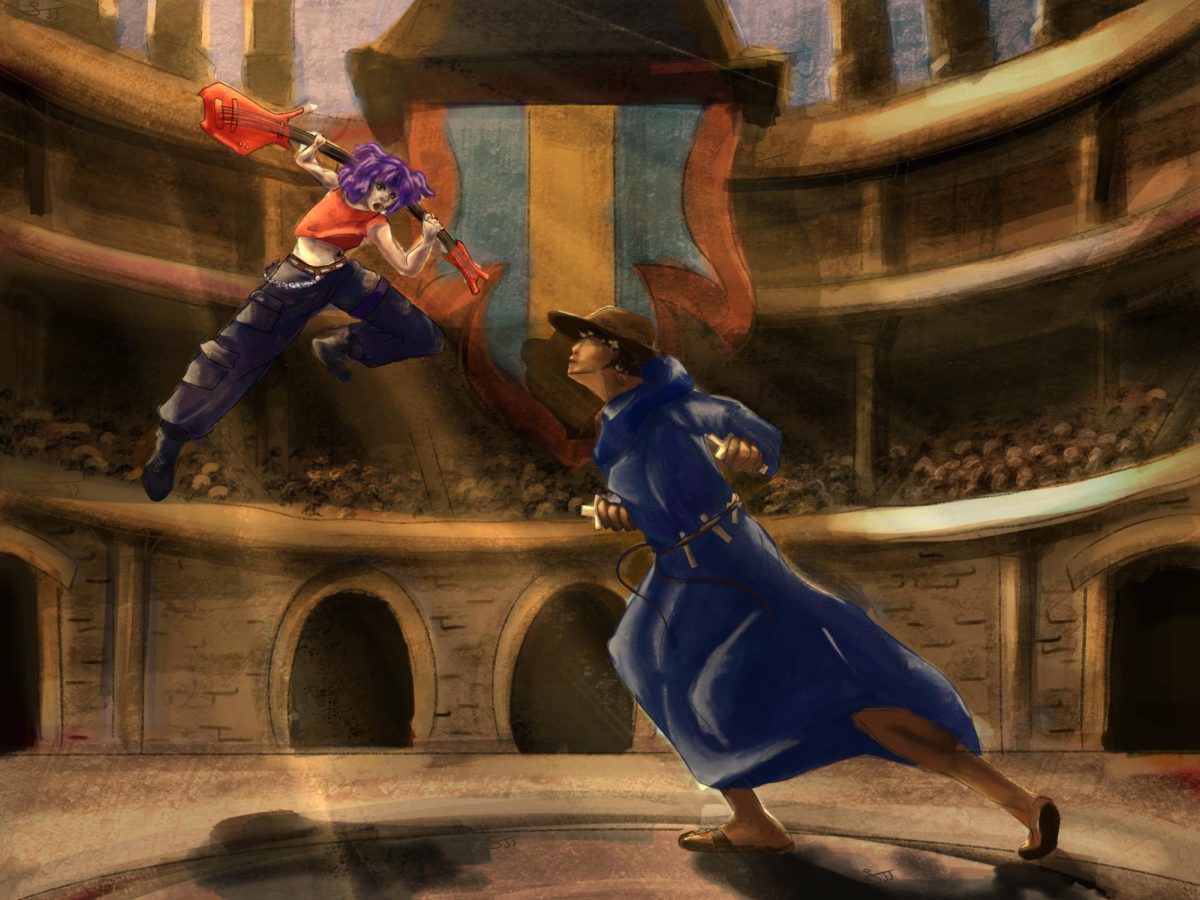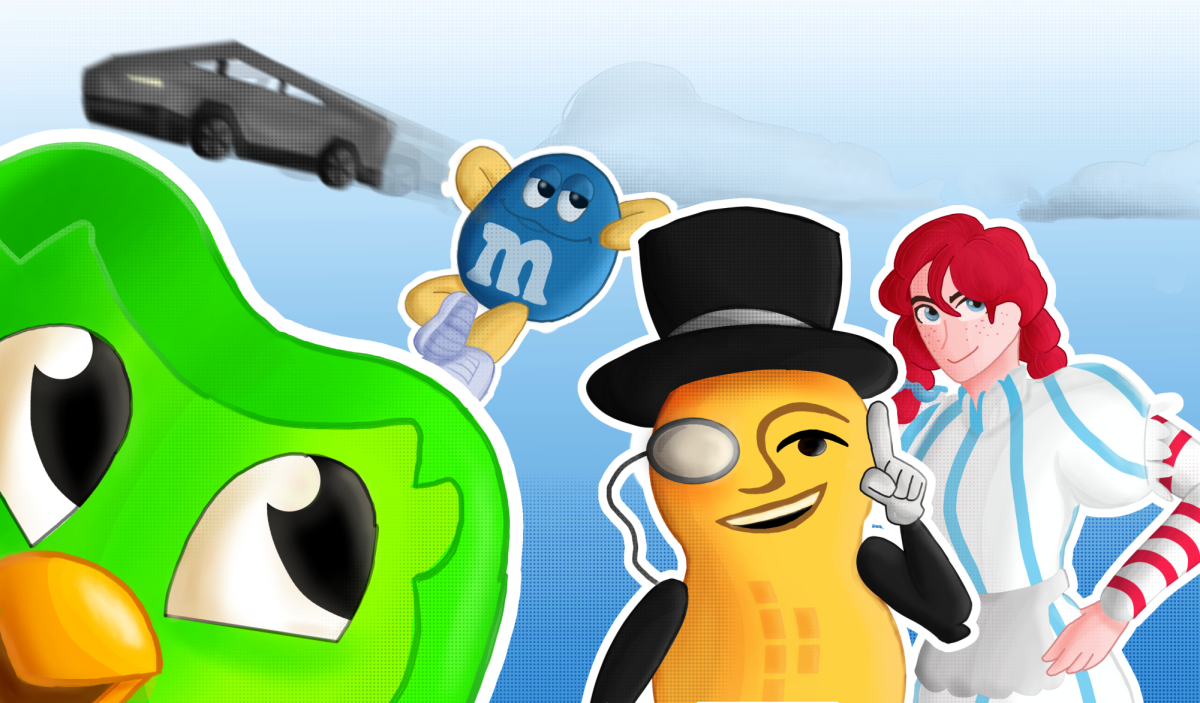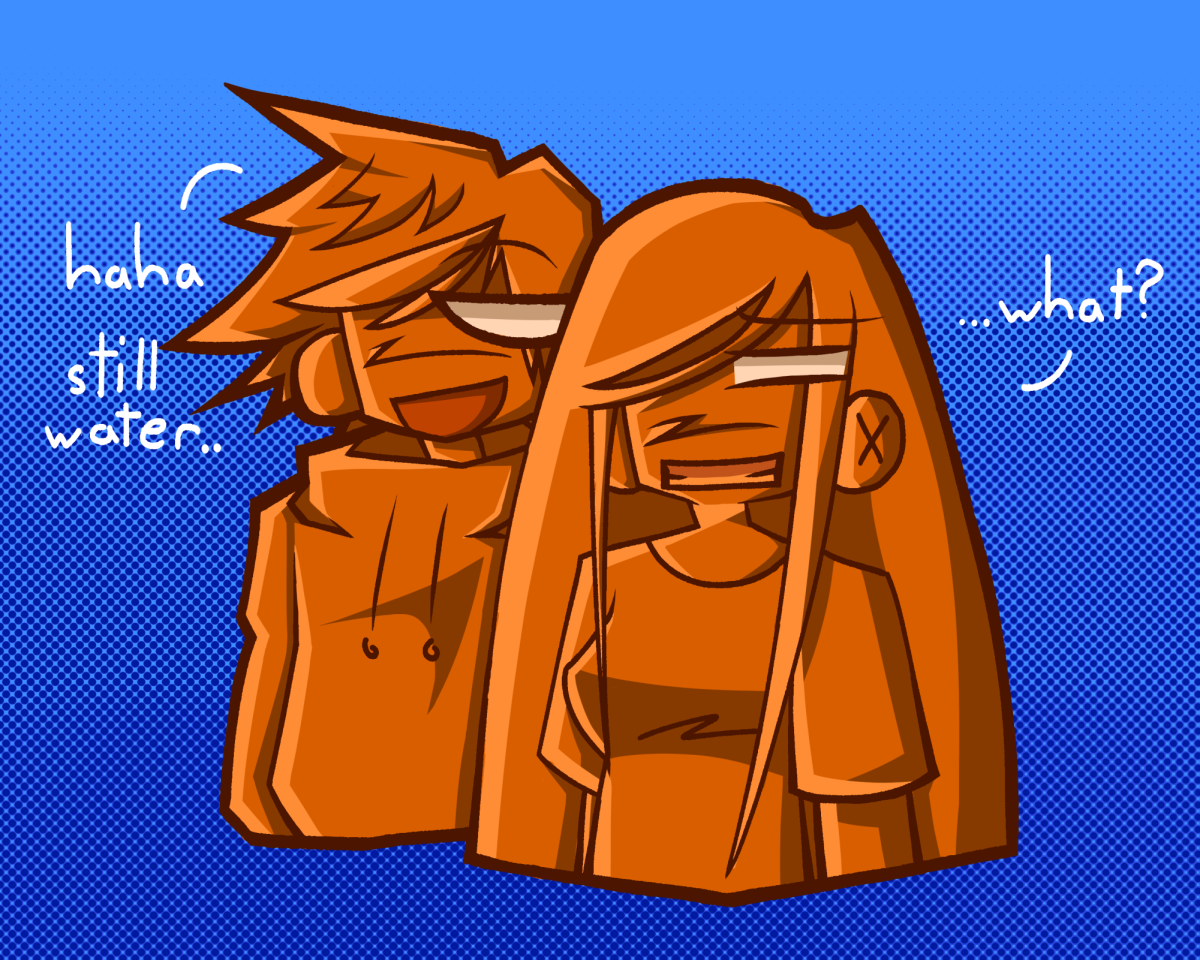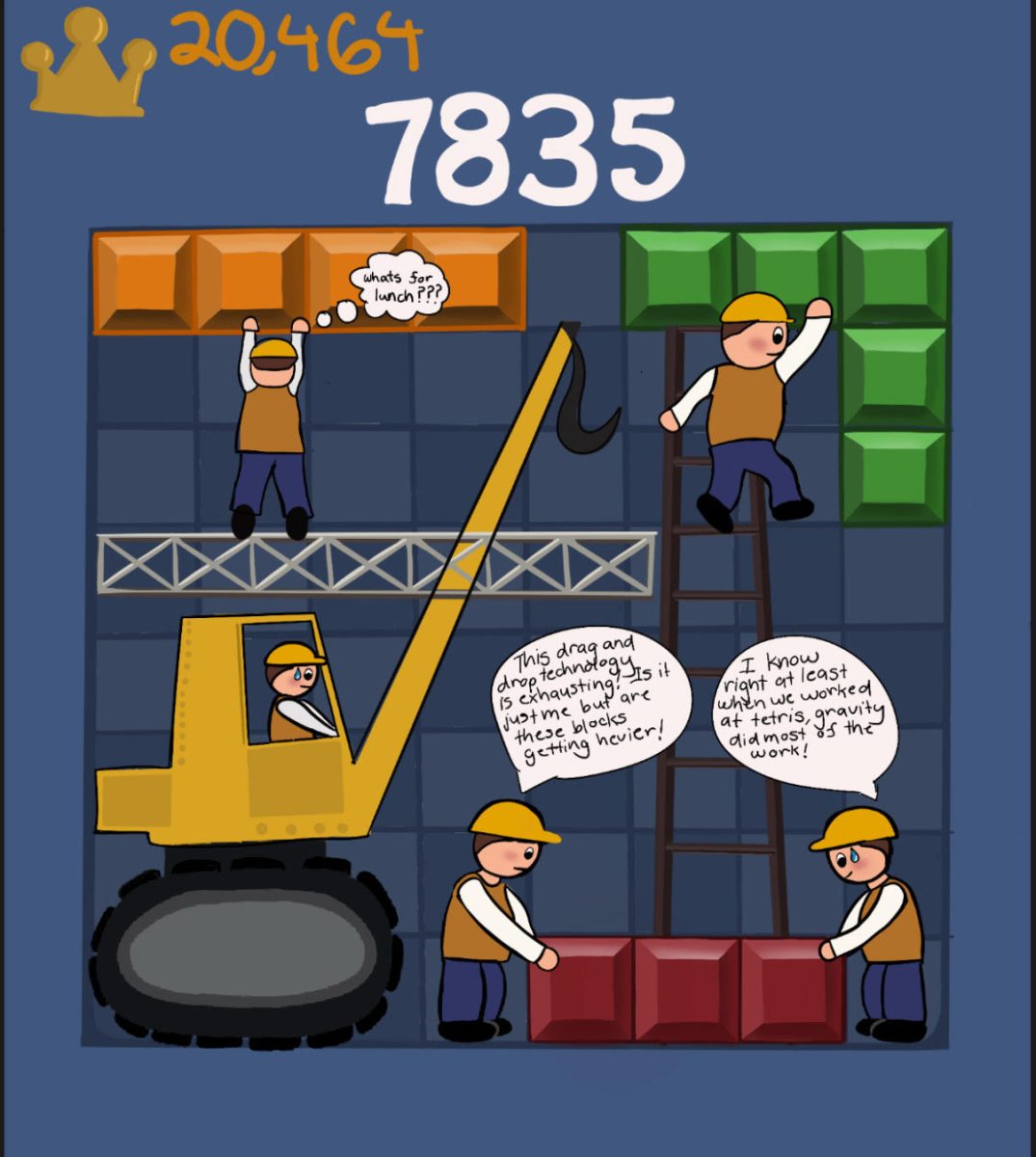The semester’s first Taco Tuesday lunch line turned into a battlefield earlier this year. The cafeteria ran out of taco meat, leaving students fighting a comical conflict against hunger and empty trays.
When kitchens ran short of taco meat, servers handed out nearly empty taco shells and directed students to the salad bar for toppings, which, by the time students arrived, had been emptied.
Despite the shortage, students found creative ways to make the most of the meal.
“I get the tacos, I look at it, and then I go, hell yeah,“ junior Rajveer Grover said. “Then I go to the salad bar, get the lettuce, the pico de gallo, the corn, and I grab like two to three packets of hot sauce. Then I sit with my friends and build my entire taco.”
Junior Abhiveer Rana said he and his friends turned the shortage into a game, assembling tacos and trading tips on the best combinations.
He also described a practical strategy many students use to cope with the school’s multiple serving points.
“The cafeteria line is always the best food, even though it’s the most crowded. But if you just want a snack and have a club meeting, the mobile lines are faster,” Rana said. “By the end of lunch, the line is quicker, so I sometimes wait till then to grab what I want.”
The balance is complicated by scale. Lunch staff said the district has invested in new equipment and permanent serving lines to increase capacity.
Those changes are meant to cut down long waits without turning school meals into pre-wrapped, lower-quality grab-and-go items.
“We are very much aware of the wait time,” Chef John Thompson said. “It’s a strategic priority that we’ve been working on diligently. We add lines, participation goes up, and then lines get longer again. It’s not perfect, but it’s getting better.”
But it wasn’t the wait time that was so concerning that first Taco Tuesday. It was the lack of meat.
After all, a taco without the meat is essentially a lonely crunchy tortilla shell.
Staff said the taco meat shortage was an unfortunate one, due to it being a new menu item and first-week unpredictability. When a dish is introduced with outdated prior participation data, demand can overshoot forecasts.
“It was the first full week of school and the first time we ran that menu item. We didn’t have historical data on how popular it would be,” Director of Child Nutrition Zetta Reicker said. “Food waste is a priority for us, and we work with food-rescue partners, but sometimes popular items do run out. We follow the data and adjust for the next week.”
Cafeteria leaders also stressed that students typically have several choices each day. The district’s menus list multiple entrées, so missing one item doesn’t mean all students miss a meal.
Managers adjust ordering numbers after the first few weeks of the year to better match demand.
“We run menu cycles for a reason,” Thompson said. “It gives staff practice on a recipe, helps inventory management, and helps us predict what students will want. After a couple of weeks you see patterns and can adjust.”
That structure is part of a broader effort to balance speed, choice, and food quality. Still, students say the human element matters.
The folks who serve the meals work hard under time pressure, and small errors can become big stories among an eager and social lunch crowd.
“It’s basically all those damn freshmen!” Grover said.
Sophomore Sashwat Prakash praised the food flavor and variety on many days, saying he was happy, considering the lunch quality at other schools.
“The food’s definitely good quality. It tastes good, it has flavor, it’s not bland,” Prakash said. “Some schools have some pretty weird stuff in their lunches.”
Cafeteria staff said they hear that feedback and continue to pilot special menus.
Holiday-themed meals and community events invite parents and highlight local producers. These themed menus have been designed to make the food less repetitive and involve the wider school community.
Thanks to some quick fixes and creative students, the taco problem ended up being more of a funny story than a big disaster.
For many kids, it’s the kind of thing they’ll joke around with their friends the next time Taco Tuesday comes around.
“I don’t eat meat,” Prakash said. “But I have heard about the incident with the taco shells from my friends. It was kind of funny.”
Rana credits the work chefs put into the food, saying they are really friendly and proactive. He mentions how the unique options in each lunch line and new menu additions add variety.
“It’s not perfect, but our staff work extremely hard,” Reiker said. “It’s a very physical job, and they put their heart and soul into what they do.”
That combination of effort and occasional chaos has left students trading tips, like which lines to hit, when to get in line, and how to best customize a taco shell when the protein runs dry.
“And hey, the best part is the creativity. You get to experiment with your taco shell. It’s fun,” Grover said.
As the school continues to tweak service and menus, students embraced the disruption, a little fuller and a lot more amused.
